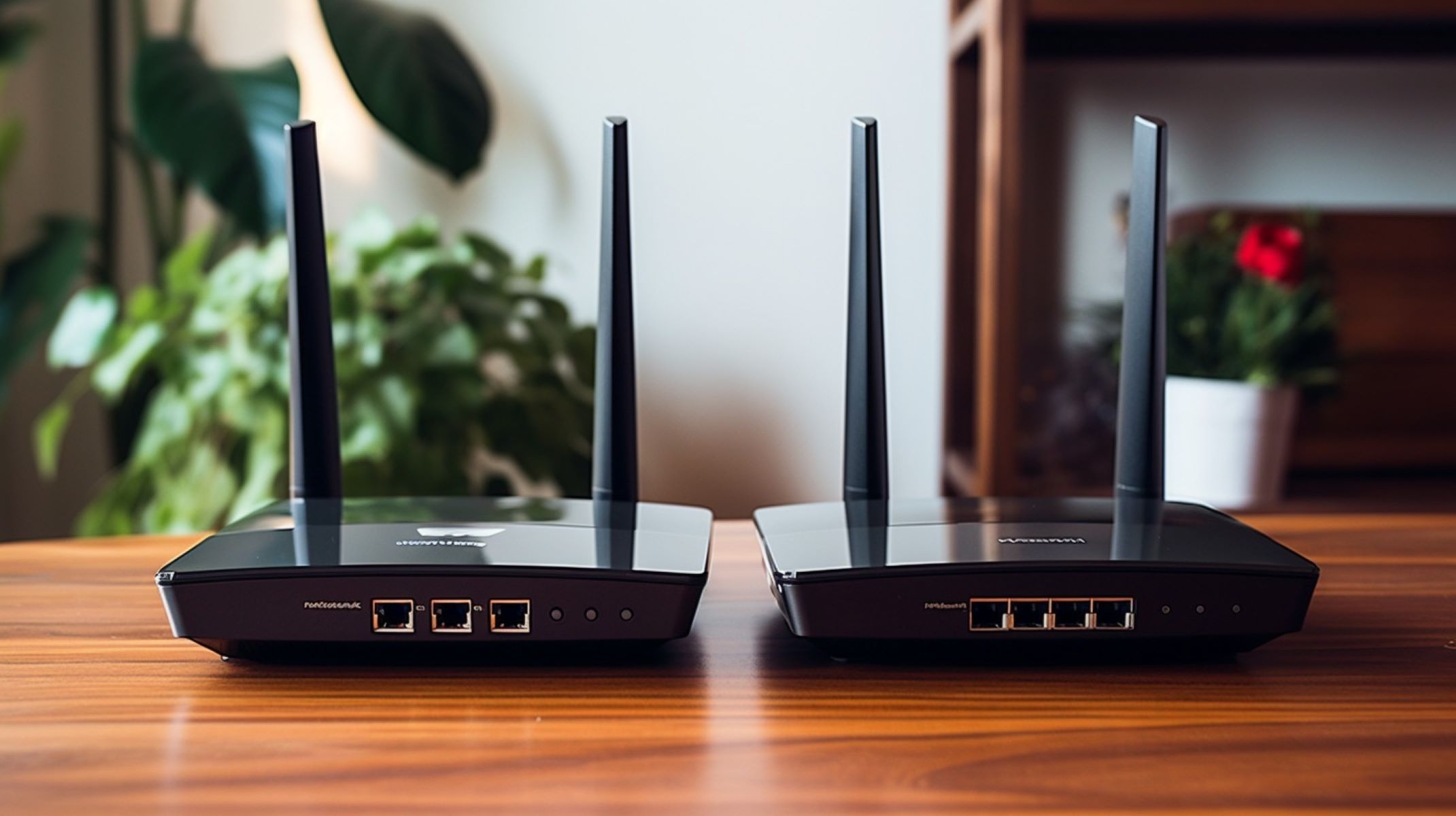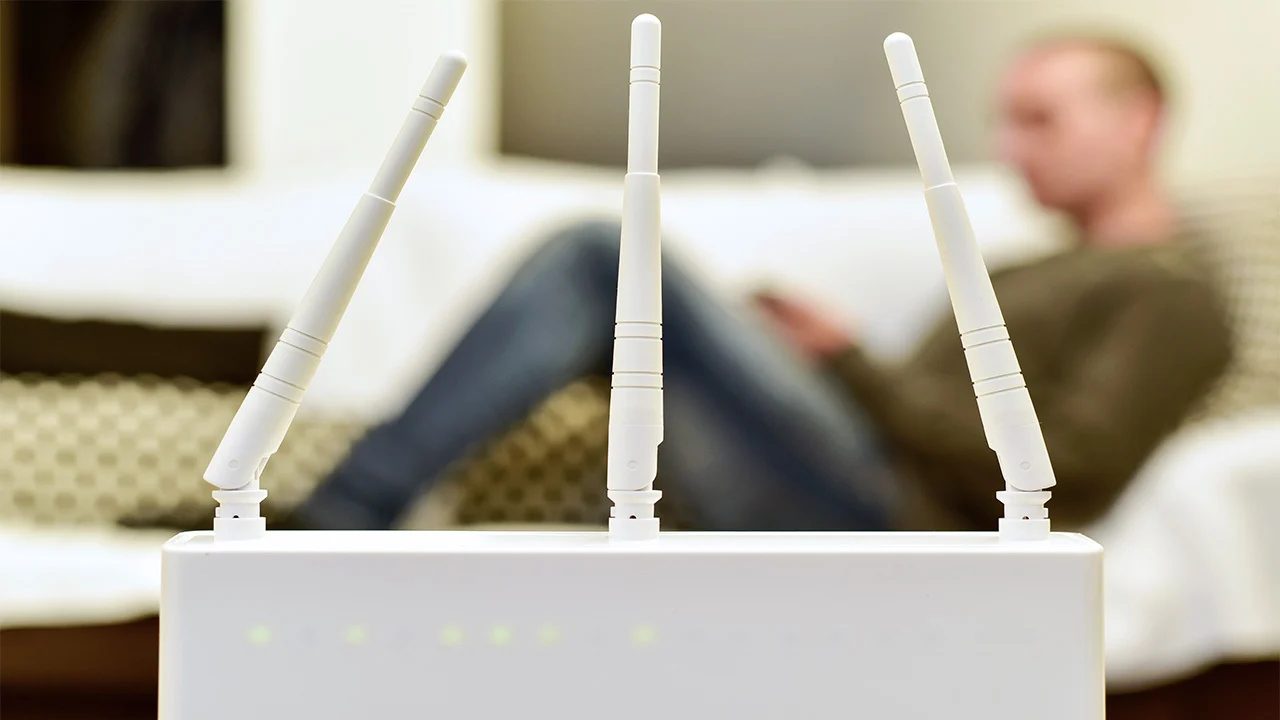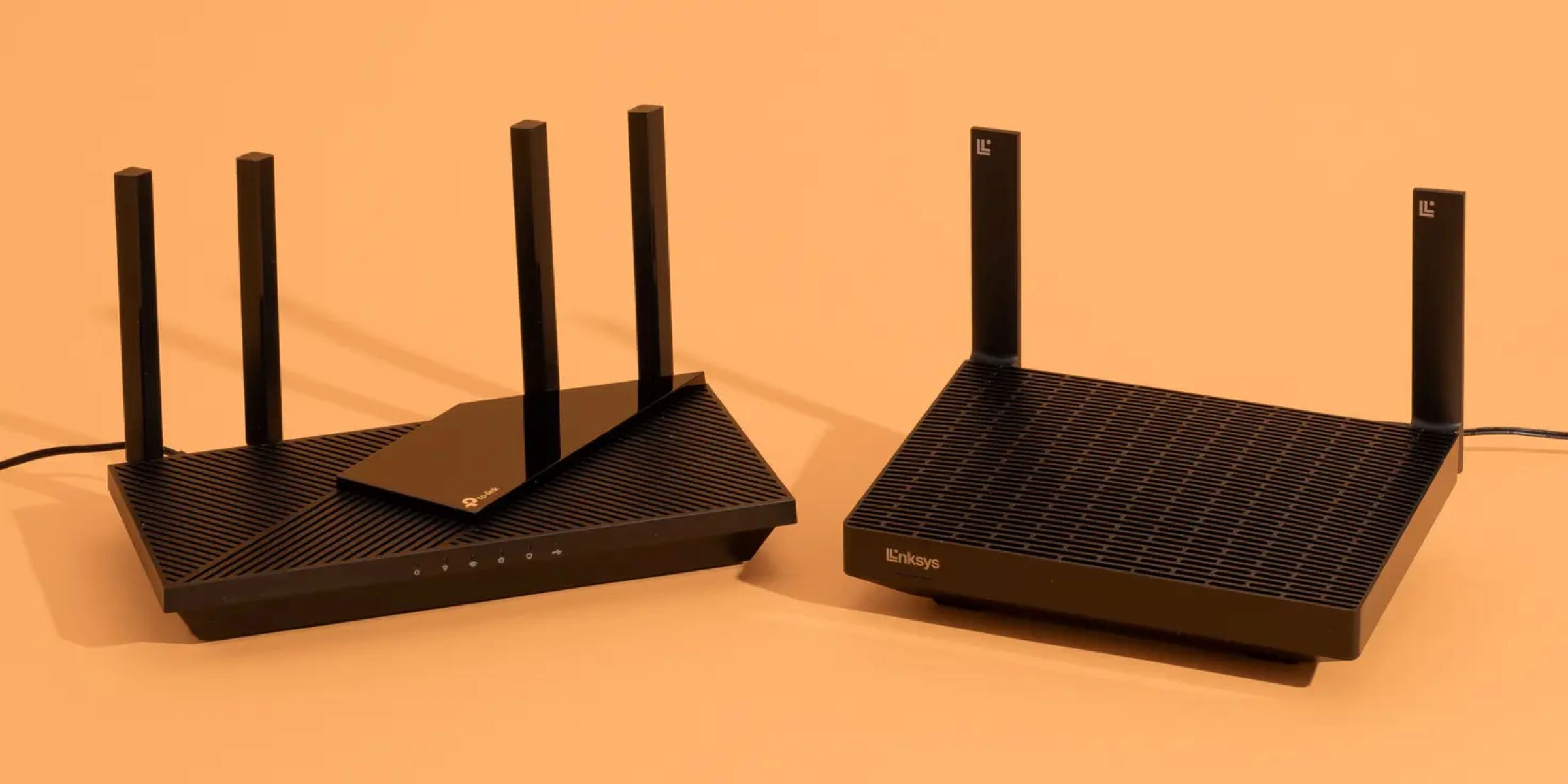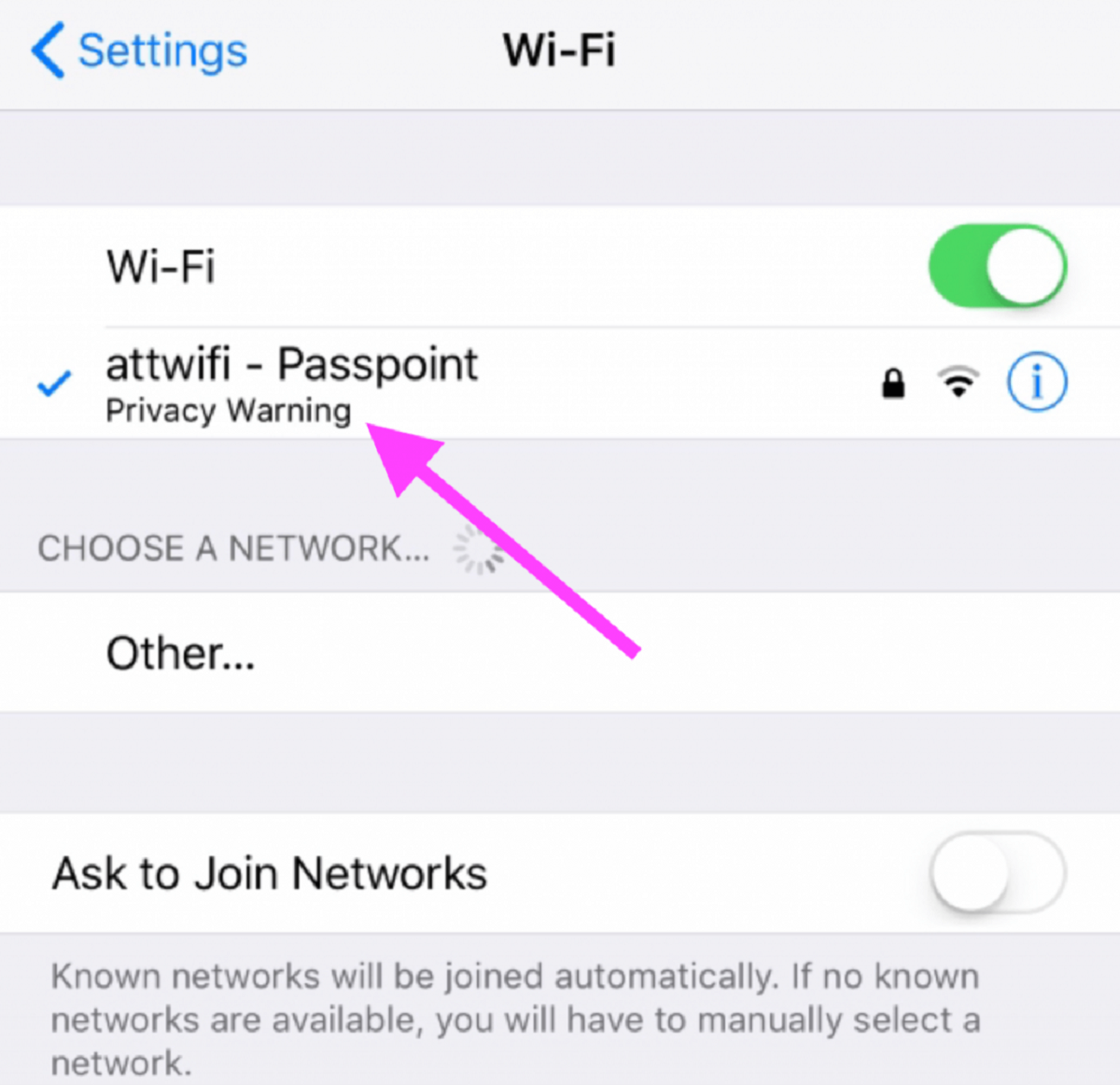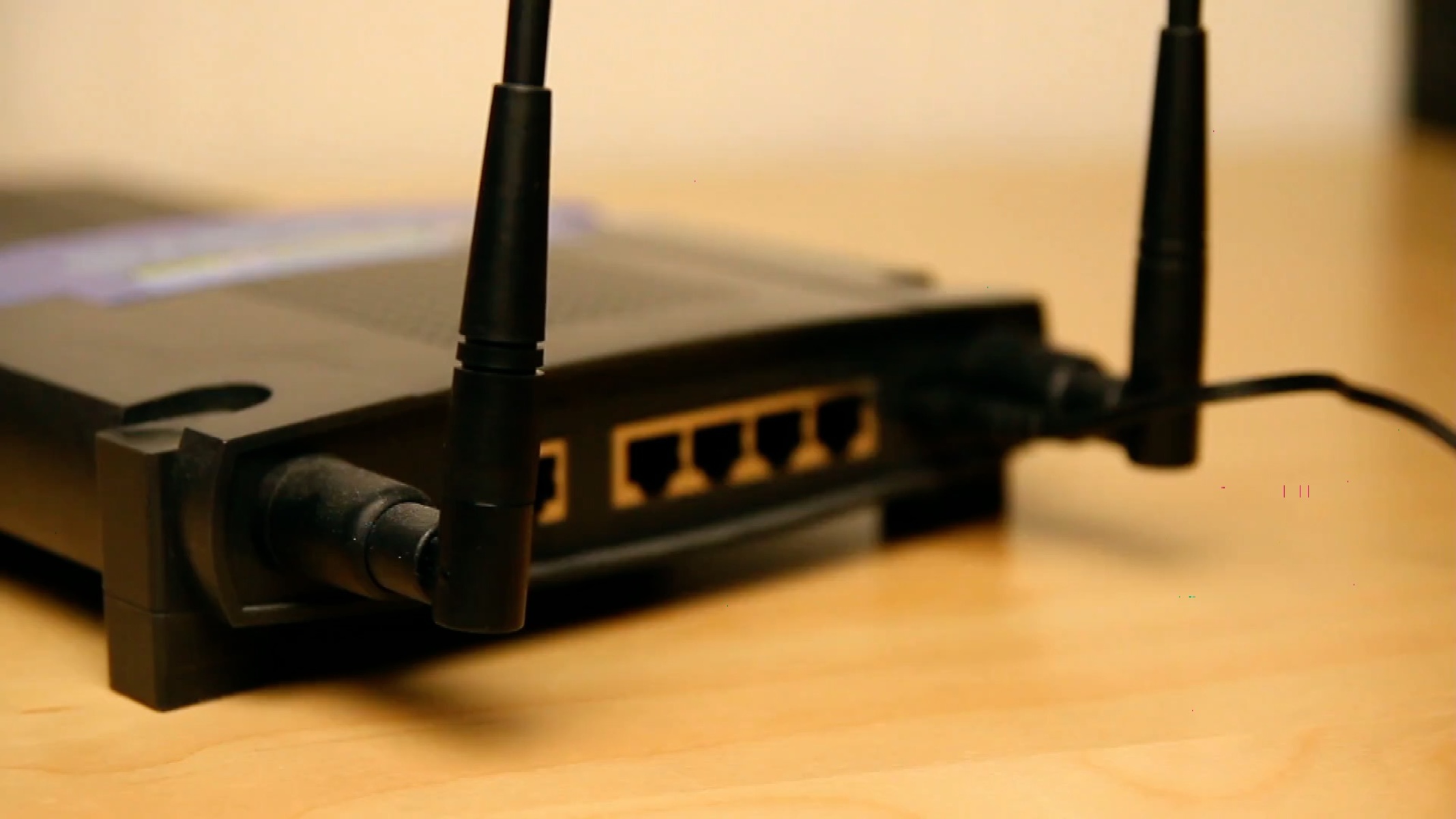Introduction
The convenience and widespread use of wireless internet have made routers an essential device in our homes and offices. When setting up a wireless network, one of the crucial decisions is choosing a Service Set Identifier (SSID) for your network. The SSID is the name of your wireless network that you see when you search for available networks on your devices.
While it may seem convenient to have multiple routers with the same SSID, it can lead to unexpected issues and connectivity problems. In this article, we will explore the potential drawbacks of having two routers with the same SSID and discuss how it can impact your network’s performance. We will also provide insights on troubleshooting and resolving these issues to ensure a stable and efficient wireless network.
Before delving into the potential problems, it’s essential to understand what an SSID is and its role in your wireless network. The SSID acts as a unique identifier for your wireless network, allowing your devices to recognize and connect to the correct network. It helps distinguish your network from neighboring networks and prevents overlap and interference.
Having only one SSID offers several benefits. It simplifies the network setup process, as you only need to connect to one network name. It also eliminates confusion for users, as they won’t have to manually switch between different networks with the same name. Additionally, it aids in seamless roaming, allowing devices to switch between access points without losing connectivity.
However, when you have two routers with the same SSID, it can create confusion for devices and lead to network connectivity issues. Let’s delve deeper into some of the potential problems that can arise from having multiple routers with the same SSID.
What is an SSID?
Before we delve into the potential issues of having two routers with the same SSID, let’s first understand what an SSID is and its significance in a wireless network. The SSID, short for Service Set Identifier, is the name assigned to your wireless network. It is what you see when you search for available networks on your devices.
Think of the SSID as a unique identifier that helps your devices recognize and connect to the correct wireless network. It is essential for distinguishing your network from other nearby networks and preventing interference or overlap. When you set up a wireless network, you typically assign an SSID to make it easily identifiable to your devices and users.
When you connect to a wireless network, your device saves the SSID to memory, allowing it to automatically connect to the network when it is within range. Additionally, the SSID also helps in seamless roaming, where your device can switch between access points without interruption. It ensures continuous connectivity as you move around your home or office.
You can think of an SSID as a household or company name for your wireless network. It is what users look for when they want to connect their devices to the internet. Without an SSID, devices wouldn’t know which network to connect to, and wireless communication would be impossible.
It’s worth noting that the SSID itself doesn’t determine the security of your wireless network. Rather, it works alongside other security measures such as the Wi-Fi password (WPA/WPA2) to secure your network from unauthorized access. Nonetheless, the SSID remains a critical component in identifying and connecting to your wireless network.
Now that we have a clear understanding of what an SSID is and its role in a wireless network, let’s explore the potential ramifications of having two routers with the same SSID.
Benefits of having only one SSID
Having only one SSID for your wireless network offers several advantages in terms of network management and user experience. Let’s explore some of the key benefits of maintaining a single SSID.
1. Simplicity: With a single SSID, the network setup process becomes much simpler. Users only need to search for and connect to one network name, eliminating any confusion caused by multiple SSIDs with similar names.
2. Seamless Roaming: A single SSID facilitates seamless roaming between different access points. As users move around the coverage area, their devices can automatically transition between access points without interrupting their network connectivity. This is particularly beneficial in larger homes or office spaces.
3. Device Compatibility: Some devices, particularly older or less sophisticated ones, may struggle to connect or switch between multiple SSIDs with the same network name. By maintaining a single SSID, you ensure broader compatibility and better overall device performance.
4. Reduced Network Clutter: Having just one SSID reduces network clutter and interference. Multiple SSIDs with the same name can confuse devices and cause connection issues, leading to slower network speeds or even dropped connections.
5. Ease of Troubleshooting: When troubleshooting network connectivity issues, dealing with a single SSID simplifies the process. It allows you to focus on a specific network configuration, making it easier to identify and resolve any issues that may arise.
6. Network Stability: A single SSID promotes network stability by avoiding conflicting settings or redundant configurations. It ensures a consistent and reliable wireless connection for all devices on the network.
In summary, having only one SSID offers advantages in terms of simplicity, seamless roaming, device compatibility, reduced network clutter, ease of troubleshooting, and network stability. By maintaining a single SSID, you can create a more efficient and user-friendly wireless network experience.
Drawbacks of having two routers with the same SSID
While it may initially seem convenient to have multiple routers with the same SSID, this setup can lead to various drawbacks and connectivity issues. Let’s explore some of the potential problems that can arise from having two routers with the same SSID.
1. Network connectivity issues: Having two routers with the same SSID can cause confusion for devices, resulting in intermittent or unreliable network connections. Devices may struggle to determine which router to connect to, leading to frequent disconnections or difficulty establishing a stable connection.
2. Signal interference: Multiple routers with the same SSID operating on the same channel can cause signal interference. This interference can negatively impact the wireless signal quality, leading to slower network speeds and decreased performance.
3. Bandwidth allocation problems: When multiple routers share the same SSID, they may not efficiently distribute bandwidth among connected devices. This can result in uneven bandwidth distribution, with some devices receiving faster speeds while others experience slower connections.
4. Increased network complexity: Having multiple routers with the same SSID adds complexity to your network configuration. It requires careful setup and management to ensure proper functionality and avoid conflicting settings. Troubleshooting and resolving issues can also become more challenging with this setup.
5. Difficulties in device management: With multiple routers sharing the same SSID, managing connected devices can become more complicated. It can be challenging to identify which router a particular device is connected to, making it harder to manage and control access to your network.
6. Limited control over roaming behavior: When multiple routers have the same SSID, devices may struggle to seamlessly roam between access points. This can result in devices holding on to weaker signals or not switching to a closer access point, leading to suboptimal network performance and coverage.
In summary, having two routers with the same SSID can lead to network connectivity issues, signal interference, bandwidth allocation problems, increased network complexity, difficulties in device management, and limited control over roaming behavior. It is essential to be aware of these drawbacks and consider alternative network configurations for better performance and stability.
Network connectivity issues
One of the primary drawbacks of having two routers with the same SSID is the potential for network connectivity issues. This can manifest in various ways, impacting the reliability and stability of your wireless network.
When devices attempt to connect to a network with multiple routers sharing the same SSID, they may encounter difficulties in determining which router to connect to. This confusion can lead to inconsistent connectivity, with devices frequently disconnecting or struggling to establish a stable connection.
In some cases, devices may connect to one router and then attempt to switch to the other due to a stronger signal. However, they may not seamlessly transition between routers, resulting in dropped connections or prolonged periods of no internet access. This can be frustrating for users and disrupt their online activities.
Moreover, having multiple routers with the same SSID can cause devices to mistakenly connect to the weaker signal, even if a stronger signal is available. This can lead to slower network speeds and decreased performance, particularly for devices located further away from the intended router.
It’s important to note that network connectivity issues can also arise from router misconfiguration or other external factors. However, having two routers with the same SSID can exacerbate these issues and make troubleshooting more challenging.
To mitigate network connectivity issues associated with multiple routers sharing the same SSID, it is recommended to employ alternative configurations. One option is to use separate SSIDs for each router, allowing devices to connect to the appropriate network directly. Alternatively, you can consider using a mesh network system that provides seamless coverage throughout your home or office without the need for multiple routers with the same SSID.
By addressing network connectivity issues, you can ensure a stable and reliable wireless network experience for all connected devices. Troubleshooting and resolving these issues may require adjusting router settings, optimizing coverage areas, or seeking professional assistance if necessary.
Signal interference
Another significant drawback of having two routers with the same SSID is the potential for signal interference. When multiple routers operate on the same channel and share the same SSID, they can interfere with each other’s wireless signals, leading to degraded network performance and slower connection speeds.
Signal interference occurs when the wireless signals emitted by the routers overlap and collide with each other. This interference can result in packet loss, increased latency, and reduced signal strength, affecting the overall quality of your wireless network.
Additionally, signal interference can cause devices to experience difficulty in establishing and maintaining a reliable connection. Devices located between the routers may struggle to choose the optimal signal, leading to frequent disconnections or unstable connections.
Another aspect to consider is the impact on neighboring networks. If your routers with the same SSID are operating on the same channel as nearby networks, this can create interference not only within your network but also on the neighboring networks. This interference can result in slower speeds and reduced performance for all networks sharing the channel.
To mitigate signal interference, it is recommended to configure each router to operate on a different channel or use automatic channel selection. By spreading the routers across different channels, you can reduce the chances of signal overlap and interference. This can help improve signal quality and overall network performance.
Furthermore, if you have access to advanced router settings, adjusting the transmit power of each router can also minimize signal interference. Lowering the transmit power helps to create smaller coverage areas for each router, reducing the overlap of signal transmission and decreasing the chances of interference.
It’s important to note that factors such as distance, physical obstacles, and the quality of the routers themselves can also impact signal interference. Therefore, it’s crucial to ensure proper router placement, optimize coverage areas, and use high-quality routers to minimize signal interference and provide a smoother wireless network experience.
By addressing signal interference, you can enhance the overall performance and reliability of your wireless network. Ensuring a clean and interference-free signal environment is essential for achieving optimal network speeds and a seamless user experience across all connected devices.
Bandwidth allocation problems
Having two routers with the same SSID can lead to bandwidth allocation problems within your wireless network. When devices connect to the network, the routers may not efficiently distribute available bandwidth among connected devices, resulting in unequal or inconsistent network speeds.
Without proper bandwidth management, some devices may hog a significant portion of the available bandwidth, leaving little for other devices to utilize. This can lead to slower network speeds for those devices, affecting their ability to browse the internet, stream media, or perform other bandwidth-intensive tasks.
Moreover, when devices attempt to connect to the network, they may inadvertently connect to the router with weaker signal strength, even if a stronger signal is available. This can result in devices experiencing slower network speeds due to the reduced signal quality, further exacerbating the bandwidth allocation problem.
The configuration of routers with the same SSID can also affect how devices connect to the network. Some routers may prioritize connecting devices based on their proximity, signal strength, or other factors. As a result, devices in certain areas of the coverage area may receive preferential treatment, while those in distant areas may struggle to obtain sufficient bandwidth.
To address bandwidth allocation problems, there are several strategies you can employ. One option is to configure the routers with different SSIDs and assign specific devices to each network. By doing so, you can control and allocate bandwidth more effectively, ensuring fair usage across all devices.
Another approach is to utilize Quality of Service (QoS) settings on your routers. QoS allows you to prioritize certain types of network traffic, giving higher priority to bandwidth-intensive tasks such as video streaming or online gaming. This helps ensure a better user experience for devices performing these activities and prevents them from monopolizing the available bandwidth.
Additionally, using routers or mesh systems that have advanced bandwidth management features can greatly alleviate bandwidth allocation problems. These systems often offer dynamic bandwidth allocation, intelligent traffic management, and load balancing capabilities, allowing for more efficient utilization of available bandwidth across multiple devices.
By properly managing and allocating bandwidth within your wireless network, you can ensure a smoother and more balanced user experience for all connected devices. Preventing bandwidth congestion and maximizing network performance is crucial for supporting a wide range of online activities effectively.
How to troubleshoot and resolve issues
If you are experiencing problems with two routers sharing the same SSID, there are several troubleshooting steps you can take to identify and resolve the issues. By following these steps, you can restore stable and efficient wireless network connectivity.
1. Confirm SSID and network settings: Ensure that both routers have the same SSID and network settings, including the Wi-Fi password. Inconsistent settings can cause connectivity issues. If necessary, reconfigure the routers to ensure they match.
2. Check for signal interference: Use a Wi-Fi analyzer tool to check for signal interference from neighboring networks operating on the same channel. If necessary, change the channel settings on both routers to minimize interference.
3. Adjust transmit power: If available in the router settings, consider adjusting the transmit power of each router. Lowering the transmit power can help reduce signal overlap and interference between the two routers.
4. Separate SSIDs: If the issues persist, consider using separate SSIDs for each router. This configuration eliminates confusion for devices and allows for better control over network connectivity.
5. Positioning and placement: Ensure that both routers are positioned optimally to provide adequate coverage throughout your space. Avoid physical obstructions and interference sources that may degrade signal quality.
6. Update firmware: Check for firmware updates for both routers and ensure that they are running the latest version. Firmware updates often include bug fixes and performance enhancements that can improve overall network stability.
7. Reset routers: If all else fails, try resetting both routers to factory defaults and reconfiguring them from scratch. This can help resolve any underlying configuration issues or conflicts that might be causing the problems.
8. Seek support: If troubleshooting on your own proves unsuccessful, it may be helpful to contact the router manufacturer’s support or consult a professional network technician for further assistance. They can offer expert guidance and recommend specific solutions based on your network setup.
By following these troubleshooting steps and implementing the necessary adjustments, you can address issues related to having two routers with the same SSID. This will help restore network connectivity, improve signal quality, and ensure a better overall wireless network experience for all connected devices.
Conclusion
Having two routers with the same SSID may initially seem like a convenient setup, but it can lead to various drawbacks and connectivity issues. Network connectivity problems can arise as devices struggle to determine which router to connect to, resulting in inconsistent or unreliable connections. Signal interference can also occur when multiple routers operate on the same channel, degrading network performance and impeding signal quality. Furthermore, bandwidth allocation problems may arise, with some devices monopolizing the available bandwidth while others suffer slower speeds. However, through troubleshooting and implementing appropriate solutions, these issues can be resolved.
To address network connectivity issues, it is recommended to configure routers with separate SSIDs or use a mesh network system for seamless coverage. Minimizing signal interference can be achieved by adjusting router channels, transmitting powers, and utilizing Wi-Fi analyzers. Efficient bandwidth allocation can be ensured through router configuration settings, QoS implementation, or advanced router features. Troubleshooting steps, including confirming settings, optimizing router placement, updating firmware, and seeking support when needed, can help identify and resolve issues.
Ultimately, maintaining a stable and reliable wireless network is essential for optimal performance and user experience. Understanding the potential drawbacks of having two routers with the same SSID and implementing the appropriate solutions can help overcome these challenges. By following best practices and ensuring proper network management, you can create a robust wireless network that meets the connectivity needs of all devices in your home or office.







